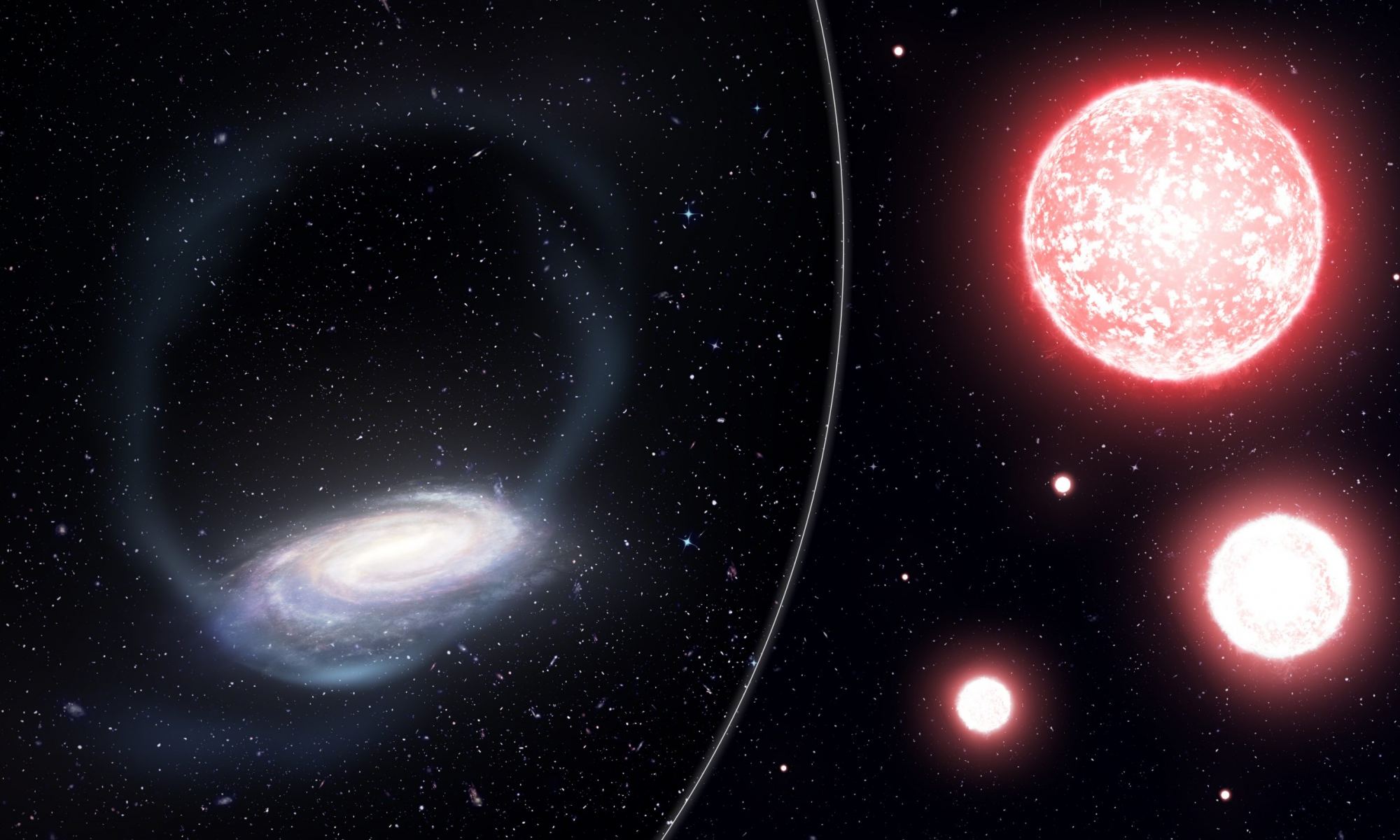For the past ten years, Australia’s ARC Centre of Excellence in All Sky Astrophysics in 3 Dimensions (ASTRO 3D) has been investigating star formation, chemical enrichment, migration, and mergers in the Milky Way with the Anglo-Australian Telescope (AAT). Their work is part of the GALactic Archaeology with HERMES (GALAH) project, an international collaboration of more than 100 scientists from institutes and universities worldwide. These observations have led to the highest spectral resolution multi-dimensional datasets for over a million stars in the Milky Way.
Previous GALAH data releases have led to many significant discoveries about the evolution of the Milky Way, the existence of exoplanets, hidden star clusters, and many more. In the fourth data release (DR4), the GALAH team released the chemical fingerprints (spectra) for almost 1 million stars. This data is the pinnacle of the 10-year project and was released during the 50th anniversary celebration of the AAT. According to the study that accompanied the release, the data will inform decades of research into the formation and evolution of our galaxy.
Continue reading “The GALAH Fourth Data Release Provides Vital Data on One Million Stars in the Milky Way.”


